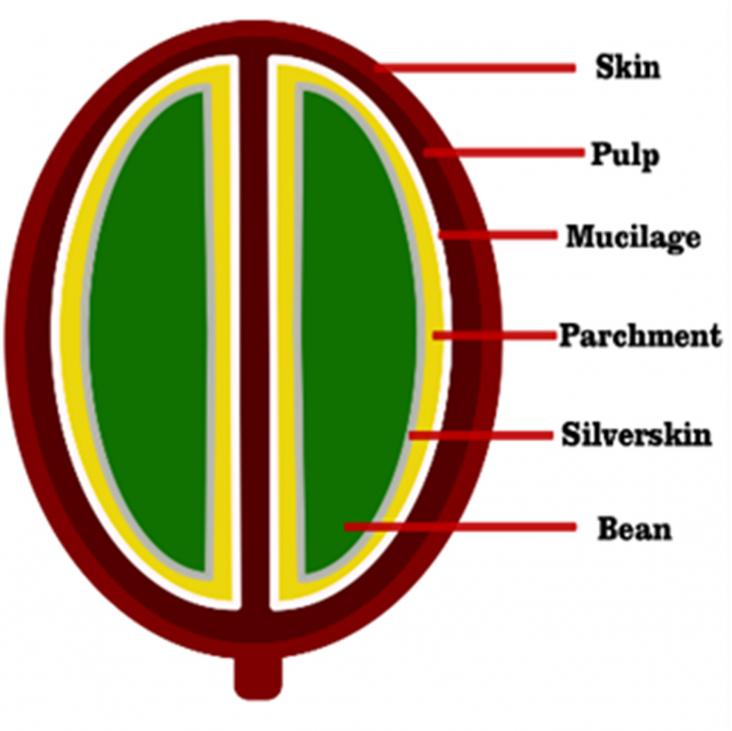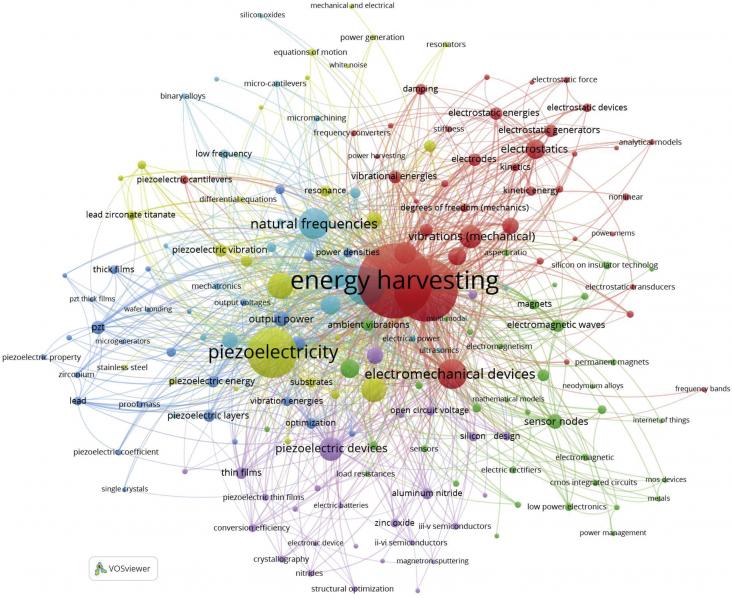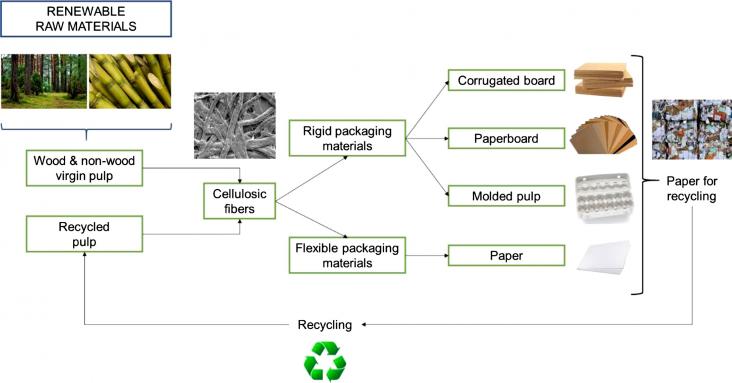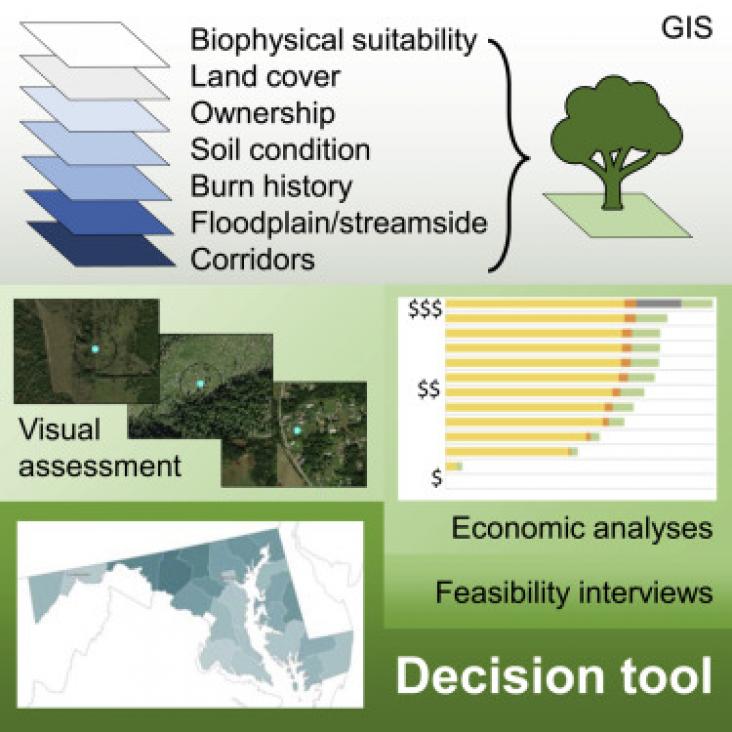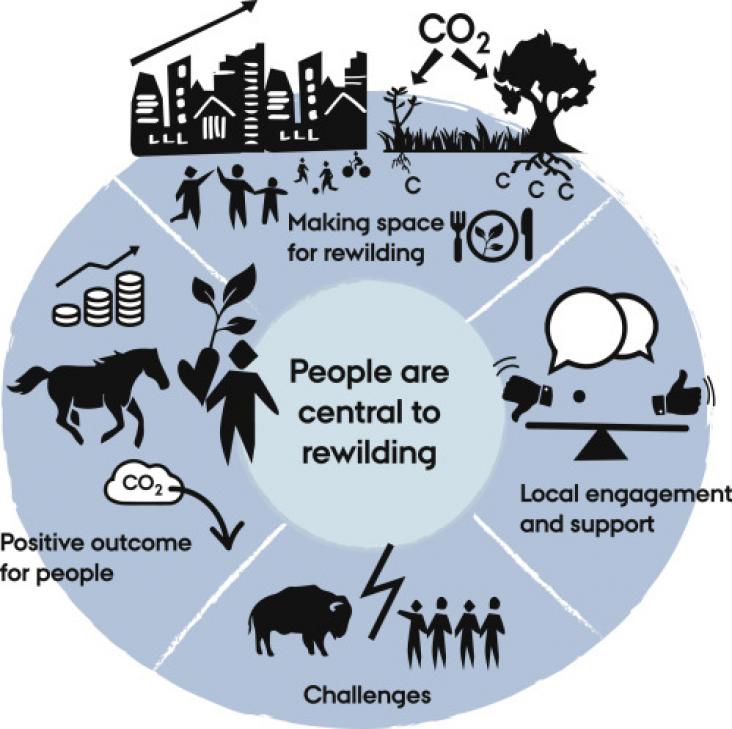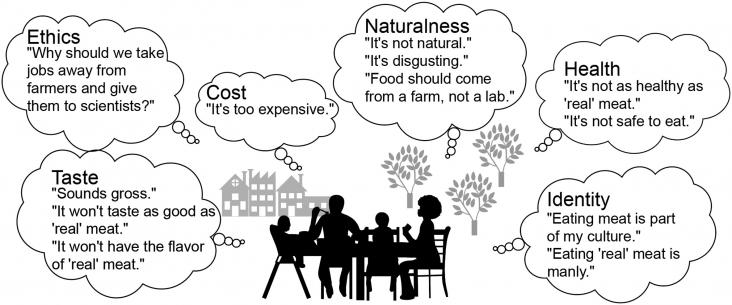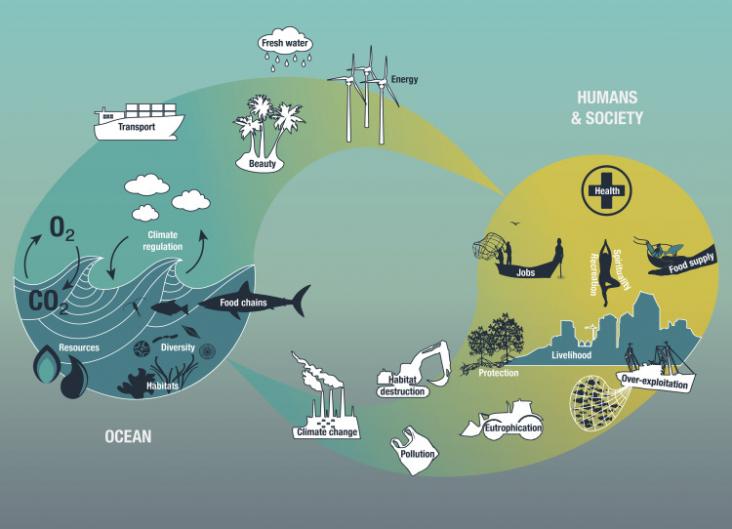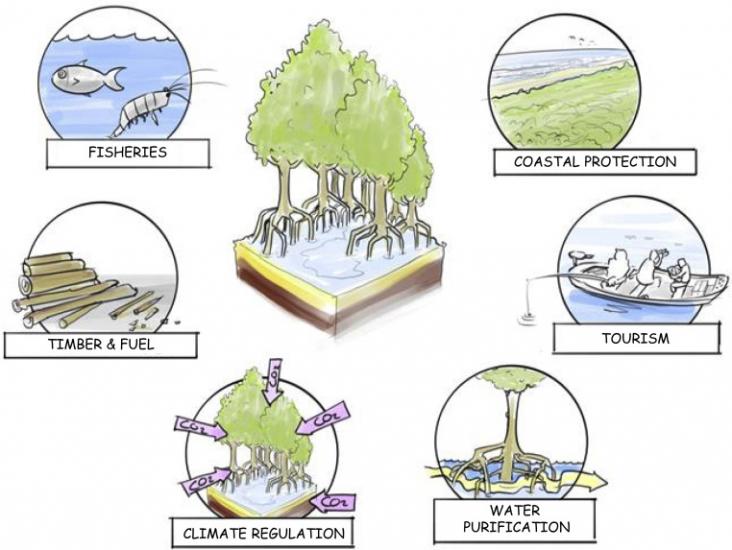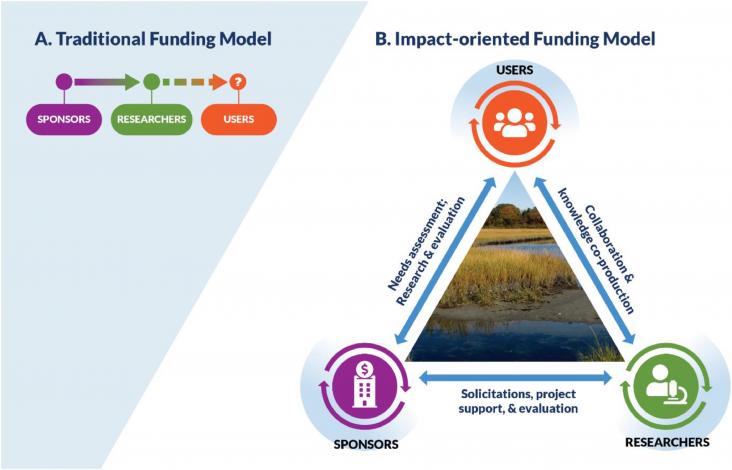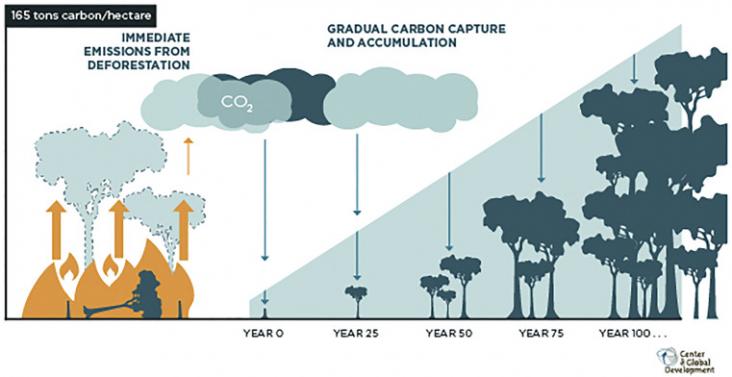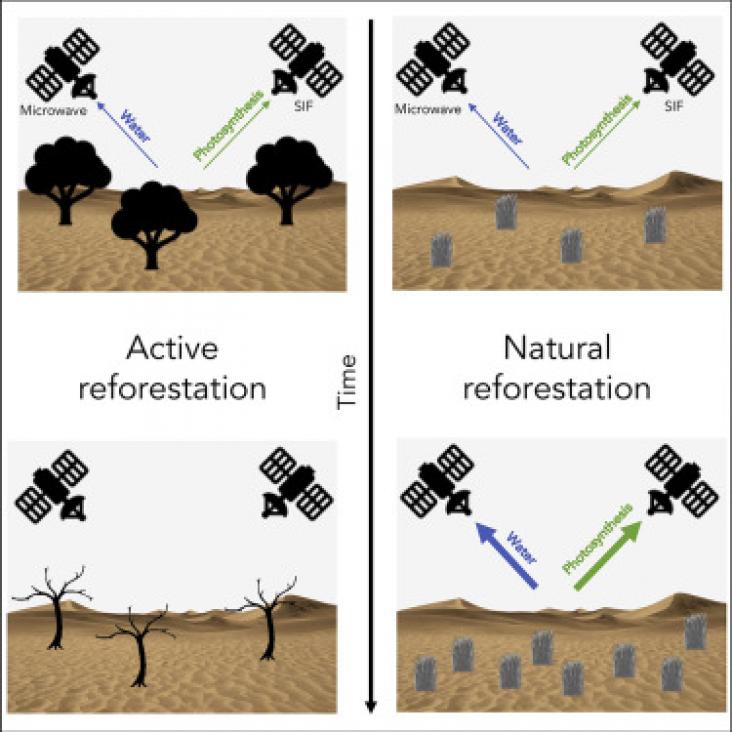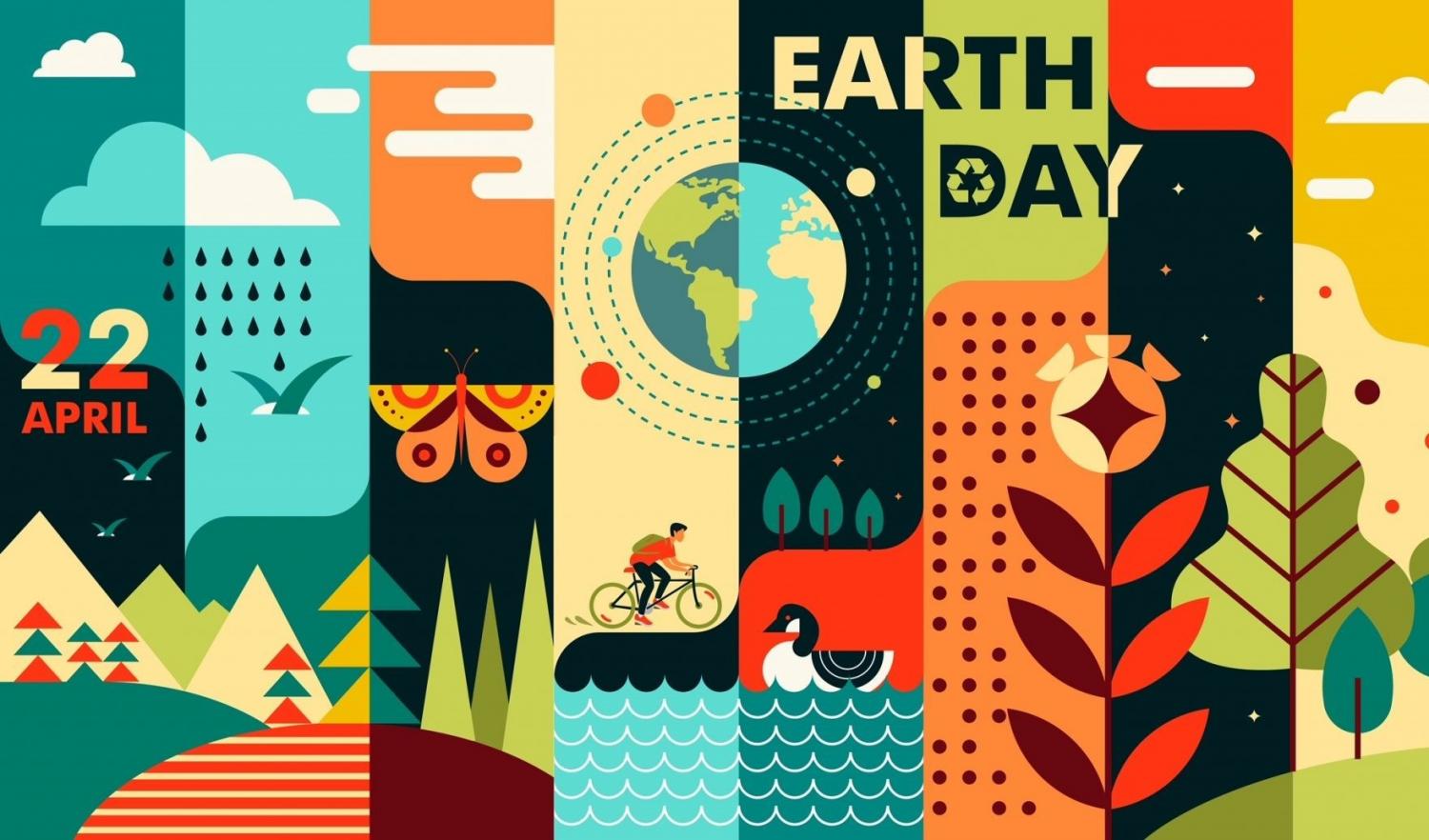
On April 22nd 1970, 20 million Americans took to the streets, parks and auditoriums to demonstrate for a healthy, sustainable environment in massive coast-to-coast rallies. Spearhead by Senator Nelson, after witnessing the ravages of the 1969 Santa Barbara oil spill, the first Earth Day protests forced environmental protection onto the national political agenda and led to the creation of the United States Environmental Protection Agency and the passing of key environmental legislation.
Today, Earth Day is widely recognised as the largest secular observance in the world, marked by more than a billion people every year as a day of action to change human behaviour and provoke policy changes. Now, the fight for a clean environment continues with increasing urgency, as the devastating effects of climate change become more and more apparent every day.
To mark Earth Day 2021, Elsevier presents a curated list of free access journal articles and book chapters in support of this year's theme - Restore our Earth.
Trends in Food Science and Technology, Volume 111, May 2021
Background: Coffee is of the most traded commodities in the world and its market has grown regularly over the last 150 years. During production and processing of coffee beans many by-products are generated such as skin, pulp, mucilage, parchment, silverskin, and immature /defective coffee beans. Around 50% of coffee fruit is discard and can contaminate the environment. Scope and approach: The purpose of this review is to raise potential applications for coffee by-products in topical formulations. Besides, to present the main bioactive compounds responsible for their biological activity.
One Earth, Volume 3, 18 December 2020
Restoration thinking provides a new paradigm for charting a bold future that prevents further loss of biodiversity and habitat destruction, avoids catastrophic climate change, and promotes the well-being and safety of all people. Ten paths guide actions to restore and care for Earth and all its living creatures.
Food Packaging and Shelf Life, Volume 26, December 2020
The recent sharp increase of sensitivity towards environmental issues arising from plastic packaging has boosted interest towards alternative sustainable packaging materials. This new trend promotes the industrial exploitation of knowledge on chitosan-based films. Chitosan has been extensively investigated and used due to its unique biological and functional properties. However, inherent drawbacks including low mechanical properties and high sensitivity to humidity represent major limitations to its industrial applications, including food packaging.
One Earth, Volume 2, 19 June 2020
Protecting the ocean has become a major goal of international policy as human activities increasingly endanger the integrity of the ocean ecosystem, often summarized as “ocean health.” By and large, efforts to protect the ocean have failed because, among other things, (1) the underlying socio-ecological pathways have not been properly considered, and (2) the concept of ocean health has been ill defined. Collectively, this prevents an adequate societal response as to how ocean ecosystems and their vital functions for human societies can be protected and restored.
One Earth, Volume 2, 22 May 2020
Mangrove forests are found on sheltered coastlines in tropical, subtropical, and some warm temperate regions. These forests support unique biodiversity and provide a range of benefits to coastal communities, but as a result of large-scale conversion for aquaculture, agriculture, and urbanization, mangroves are considered increasingly threatened ecosystems.
One Earth, Volume 2, Issue 1, 2020, Pages 98-108
Clinics in Chest Medicine, Volume 41, December 2020
Wildland firefighters work on wildfire incidents all over the United States and perform arduous work under extreme work conditions, including exposure to smoke. Wildland fire smoke is a mixture of hazardous air pollutants. For assessing wildland firefighter exposure to smoke, most studies measured carbon monoixde (CO) and particulate matter and reported changes in lung health by measured lung function, airway responsiveness, and respiratory symptoms across individual work shifts and single fire seasons.
Biomass, Biofuels, Biochemicals - Circular Bioeconomy, Feb 2021, Pages
Sang, Yuanrui; Karayaka, Hayrettin Bora; Yan, Yanjun; Yilmaz, Nadir; Souders, David. 1.18 "Ocean (Marine) Energy", Editor: Ibrahim Dincer, Comprehensive Energy Systems, Elsevier (2018), Pages 733-769, ISBN: 9780128149256.
Gopalakrishnan, Varsha and Bakshi, Bhavik R., "Including Nature in Engineering Decisions for Sustainability", Editor(s): Martin A. Abraham, Encyclopedia of Sustainable Technologies, Elsevier (2017), Pages 107-116
Evaluating Water Quality to Prevent Future Disasters, 2019, Pages 1-12
Douglas E. Soltis, Pamela S. Soltis, Chapter 6 - Fate of the Tree of Life, Editor(s): Douglas E. Soltis, Pamela S. Soltis, The Great Tree of Life, Academic Press, 2019, Pages 117-150, ISBN 9780128125533, https://doi.org/10.1016/B978-0-12-812553-3.00006-0.
Patricia Ruiz-Ruiz, Adrián Estrada, Marcia Morales, Chapter 8 - Carbon dioxide capture and utilization using microalgae, Editor(s): Eduardo Jacob-Lopes, Mariana Manzoni Maroneze, Maria Isabel Queiroz, Leila Queiroz Zepka, Handbook of Microalgae-Based Processes and Products, Academic Press, 2020, Pages 185-206, ISBN 9780128185360, https://doi.org/10.1016/B978-0-12-818536-0.00008-7.
Samuel M. Gorton, Chapter 41 - Integrated agroecological technology networks for food, bioenergy, and biomaterial production, Editor(s): Anju Dahiya, Bioenergy (Second Edition), Academic Press, 2020, Pages 767-788, ISBN 9780128154977, https://doi.org/10.1016/B978-0-12-815497-7.00041-5.
Alfredo de Jesús Martínez-Roldán, Rosa Olivia Cañizares-Villanueva, Chapter 7 - Wastewater treatment based in microalgae, Editor(s): Eduardo Jacob-Lopes, Mariana Manzoni Maroneze, Maria Isabel Queiroz, Leila Queiroz Zepka, Handbook of Microalgae-Based Processes and Products, Academic Press, 2020, Pages 165-184, ISBN 9780128185360, https://doi.org/10.1016/B978-0-12-818536-0.00007-5.
Separation Science and Technology, Volume 11, 2019, Pages 1-12
Choy Yee Keong, Chapter 2 - The United Nations' journey to global environmental sustainability since Stockholm: An assessment, Editor(s): Choy Yee Keong, Global Environmental Sustainability, Elsevier, 2021, Pages 7-61
William D. Fletcher, Craig B. Smith, Chapter 9 - What would it take to reach net zero?, Reaching Net Zero, Elsevier, 2020, Pages 107-122
Trevor M. Letcher, 1 - Global warming—a complex situation, Editor(s): Trevor M. Letcher, Climate Change (Third Edition), Elsevier, 2021, Pages 3-17
Chris D. Jones, Chapter 4 - Numerical modeling of the global climate and carbon cycle system, Editor(s): Trevor M. Letcher, Climate Change (Third Edition), Elsevier, 2021, Pages 67-91
Daniel A. Fiscus, Brian D. Fath, Chapter 8 - Technology and applications in the context of holistic life–environment, Editor(s): Daniel A. Fiscus, Brian D. Fath, Foundations for Sustainability, Academic Press, 2019, Pages 205-230
Daniel A. Vallero, Chapter 13 - Air pollution control technologies, Editor(s): Daniel A. Vallero, Air Pollution Calculations, Elsevier, 2019, Pages 377-428, 9780128149348
Bapon (SHM) Fakhruddin, Kate Boylan, Alec Wild, Rebekah Robertson, Chapter 12 - Assessing vulnerability and risk of climate change, Editor(s): Jana Sillmann, Sebastian Sippel, Simone Russo, Climate Extremes and Their Implications for Impact and Risk Assessment, Elsevier, 2020, Pages 217-241, 9780128148952
William H. Schlesinger, Emily S. Bernhardt, Chapter 11 - The Global Carbon and Oxygen Cycles, Editor(s): William H. Schlesinger, Emily S. Bernhardt,
Biogeochemistry (Fourth Edition), Academic Press, 2020, Pages 453-481, 9780128146088
D. Sugawara, Chapter 10 - Lessons from the 2011 Tohoku-oki tsunami: implications for Paleotsunami research, Editor(s): Tsunemasa Shiki, Yoshinobu Tsuji, Teiji Yamazaki, Futoshi Nanayama, Tsunamiites (Second Edition), Elsevier, 2021, Pages 155-181, ISBN 9780128239391,
Multidimensional Analytical Techniques in Environmental Research, 2020, Pages 1-26
Biron, A Practical Guide to Sustainability, 2020, pages 557-593

